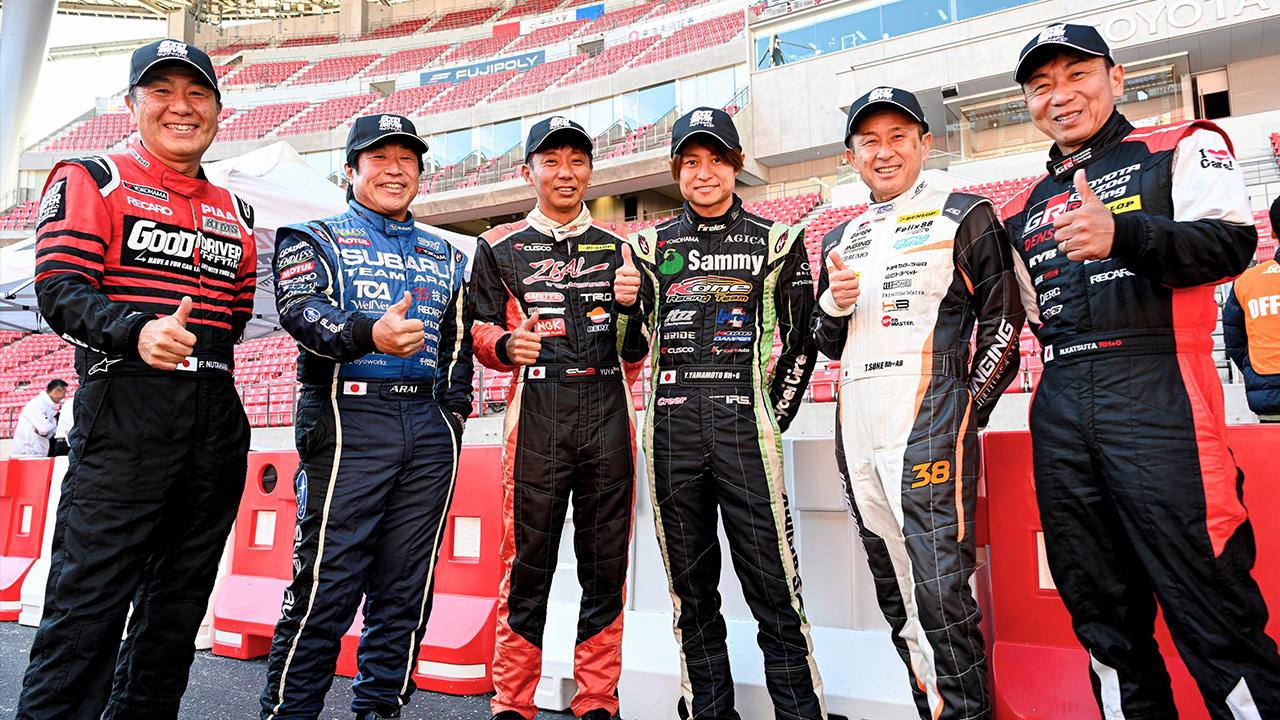
Pro rally drivers are offering lectures on safe driving to local senior drivers. We went on-site to explore the ideals behind this project.
The Expanding Circle of Partners
In 2022, the lesson was held in coordination with TOYOTA GAZOO Racing (TGR) along with Rally Challenge, and the area expanded to nine locations across Japan. The president of TGR at the time was current Toyota president, Koji Sato.
President Sato made the following comments at the August 2023 Tateshina Meeting in Nagano Prefecture.
For rally drivers, the contest is one where the driver who understands the local environment, can drive through it the fastest, and come back safest is the winner.
And so, as rallies coordinate with local governments, seen from the other side, they could offer major insights regarding traffic safety.
The truth is that by coordinating with police and local communities, it might be a way to offer a concrete form of traffic safety for the region.
In that area, the sharing of all kinds of data held not only by automobile manufacturers but also by insurance companies, with a focus on addressing individual needs, is a way of approaching traffic safety from diverse perspectives.
In 2023, the Toyota Mobility Foundation began offering support for the project, and lessons were implemented in regions apart from Rally Challenge.
In terms of content, project partner Mitsui Sumitomo Insurance Company offers safe driving advice based on an accident map showing high-risk areas, as well as checks of visual and mental acuity and driving simulator lessons.
Bridgestone explains tire check points like air pressure and tread depth.
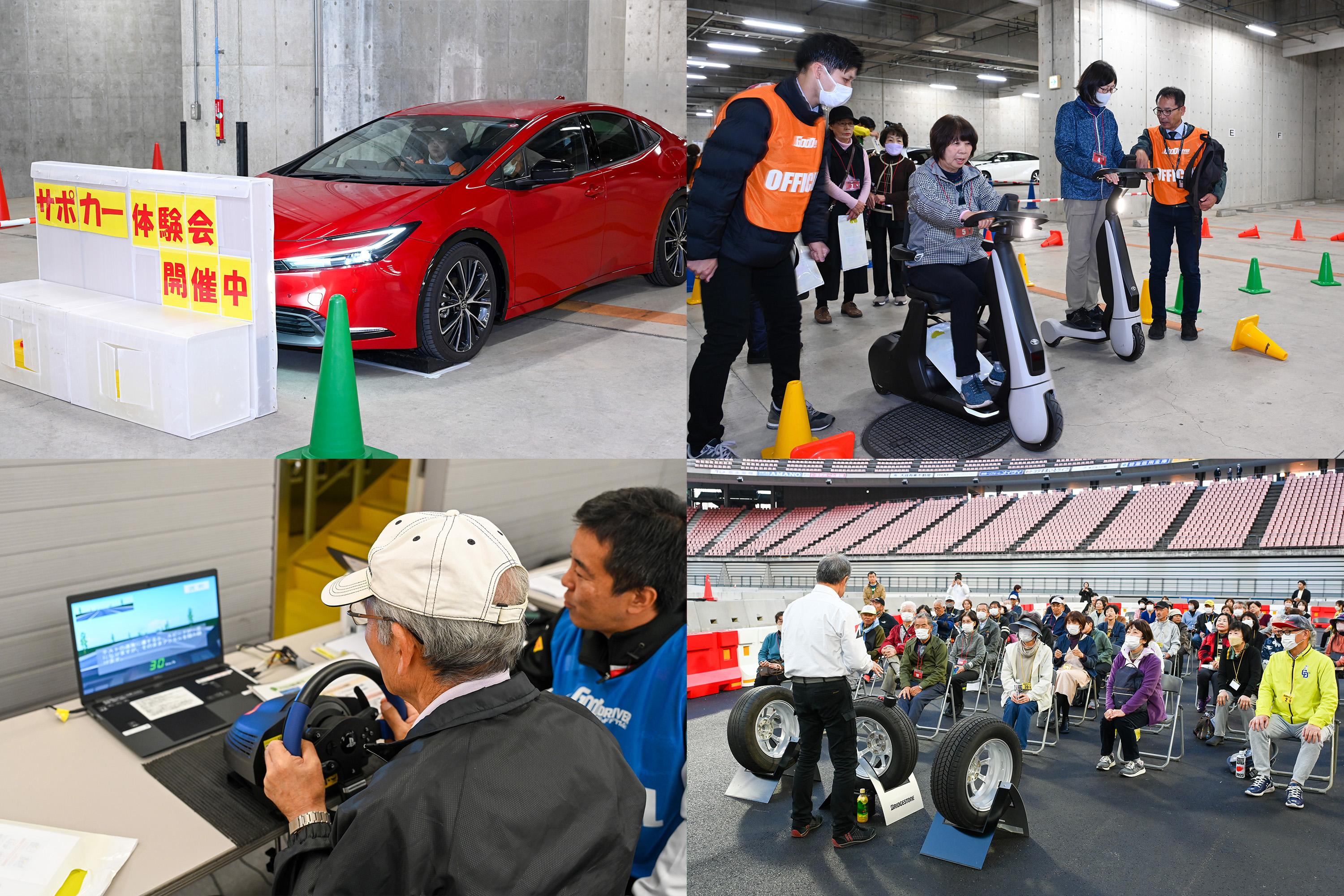
Rally Course Nerves
The second Toyota City event in as many years saw 75 people arrive with their beloved cars.
They started with a stretch lesson, where attendees practiced stepping on a brake pedal and accelerator simulated by red and blue balloons in time with a video of traffic lights. The following driving lesson saw Nutahara and local police explain the proper seat position for driving.
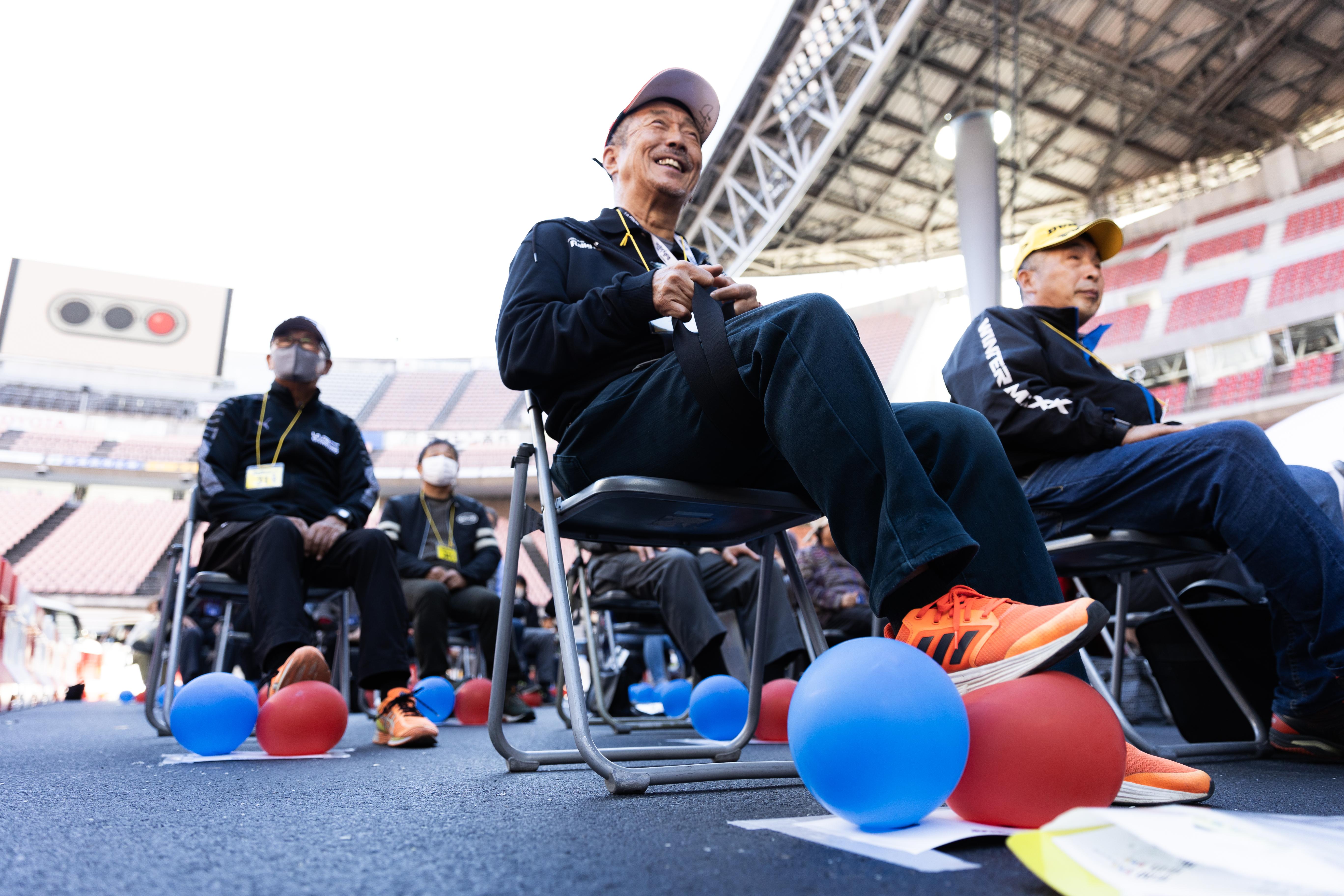
Once they were ready to drive, the attendees got in their cars and drove the specially designed course in Toyota Stadium at 20 kilometers an hour. They tried tasks like the Brake Challenge—stopping at a fixed position—pulling over to the shoulder, and visually checking behind them.
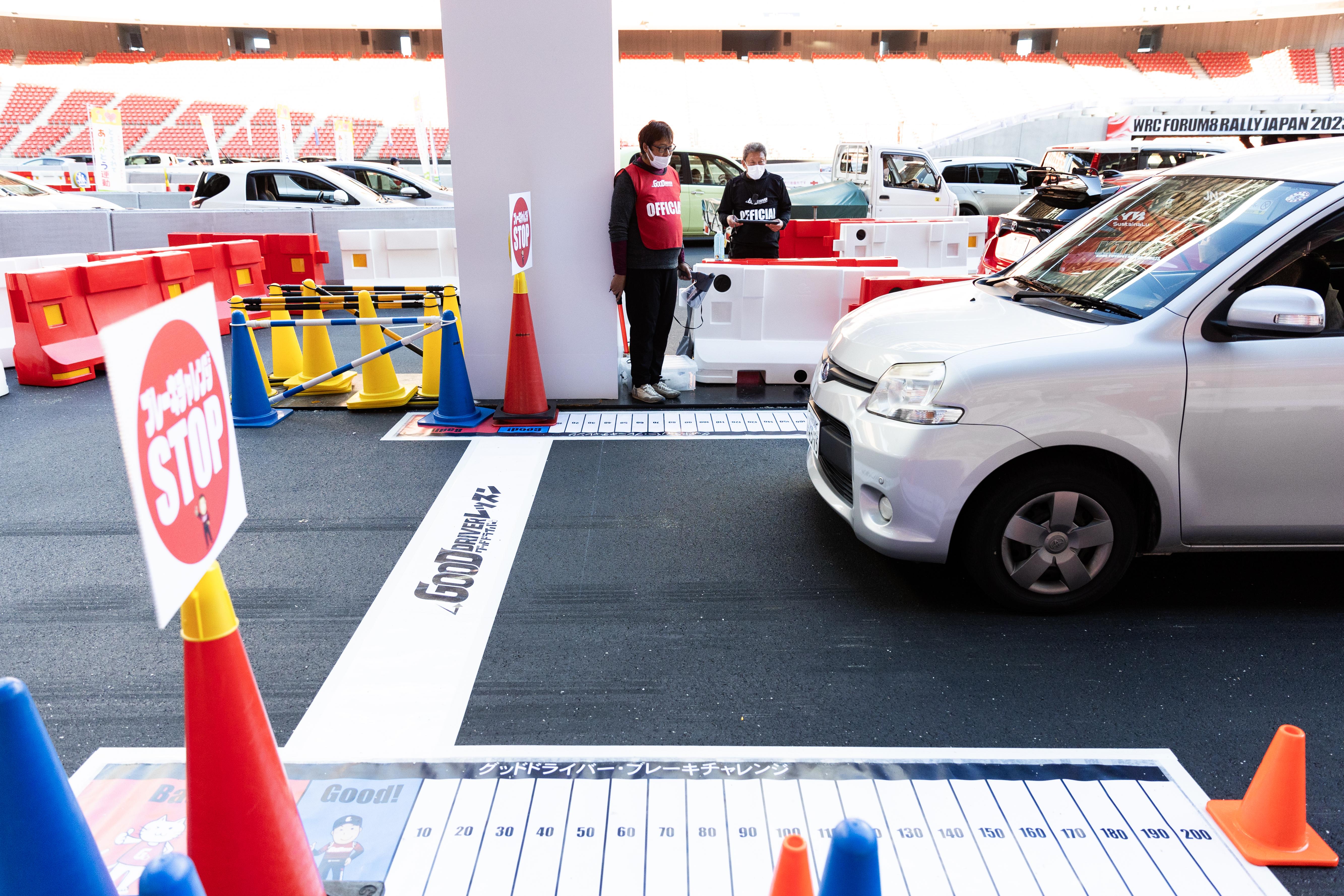
Given that they were driving a racecourse that none of them would normally get access to, the participants’ nerves showed on their faces as the pro driver instructors offered advice on all the special course's points.
There were some people who failed to notice the animal road signs until Sone pointed them out. He mentioned it with a smile to ease the tension.
Sone
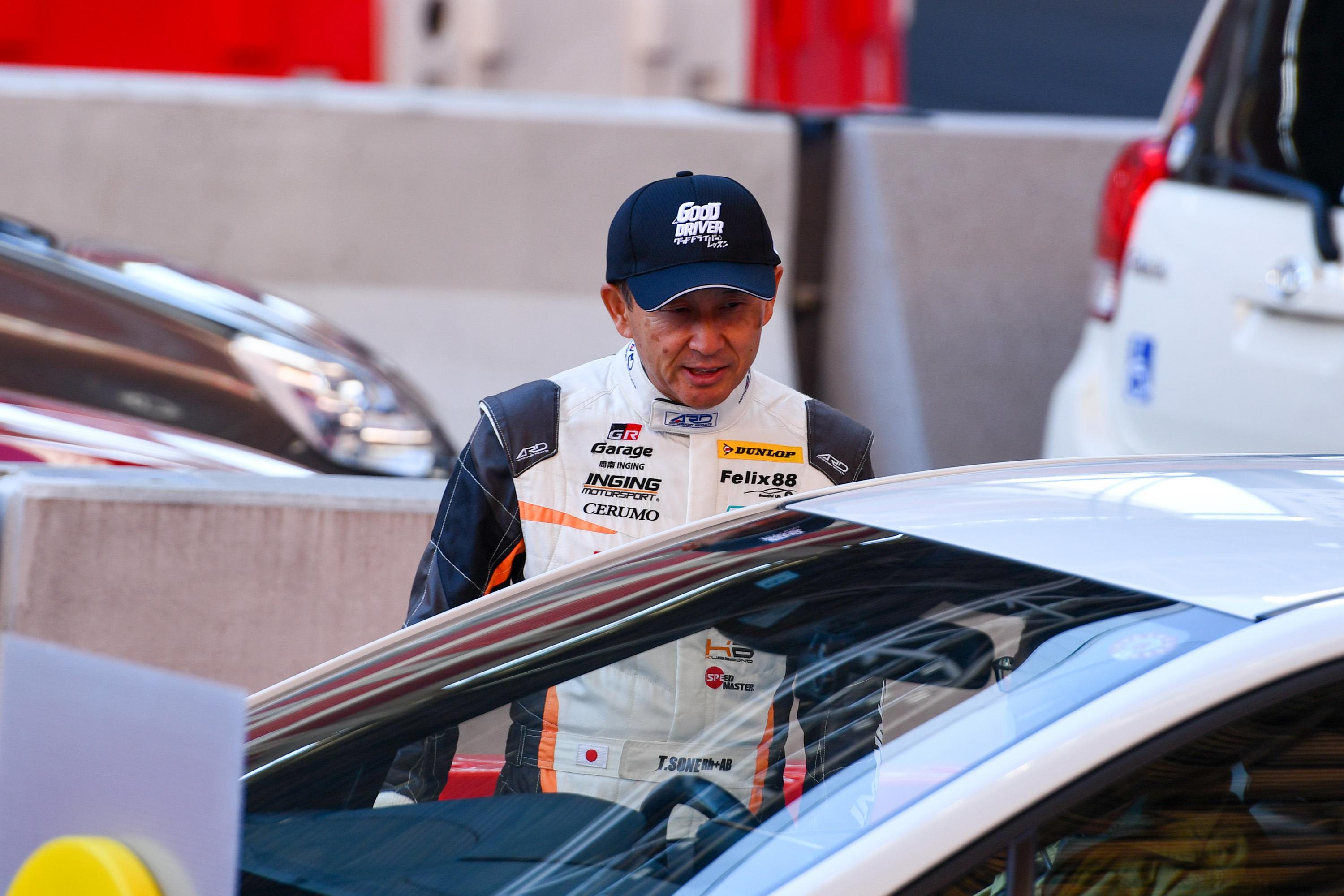
I could tell from their expressions that they were nervous, so I wanted to help them relax. I told them, “Be sure to check left and right,” but perhaps they were too flustered because many didn't see the signs set up around the course as they should have. So, I tried to calm them down and just said, “Let's do it again.”
Sumiyama was the teacher, pointing out how to check behind when pulling over to the shoulder. People were driving their accustomed and beloved cars, so they were especially careful of pitfalls.
Sumiyama
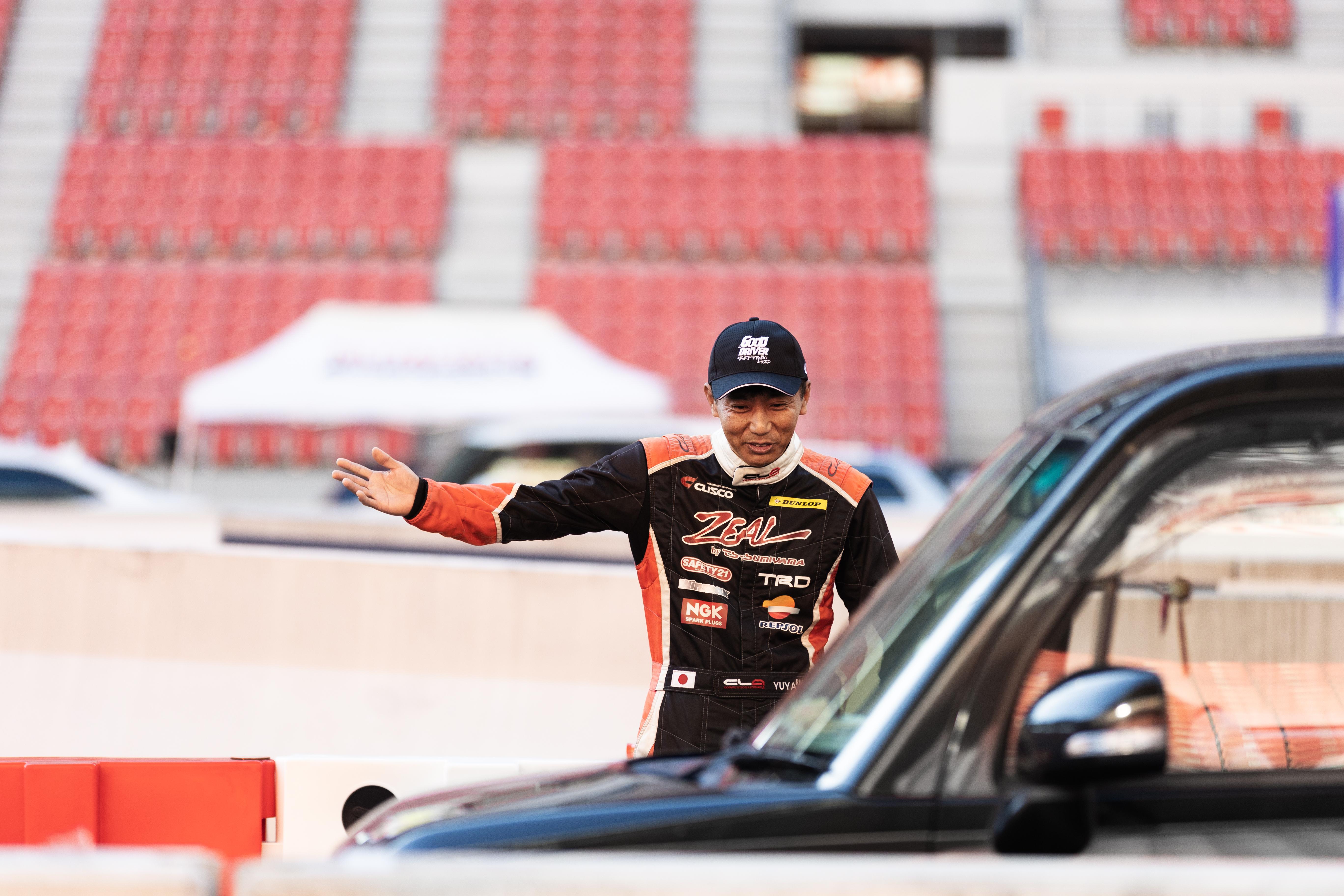
When checking behind them, most people just check their rearview mirrors or turn a little, but there are always blind spots. There were quite a few people who realized they couldn't actually see without turning around.
I think that's the same on regular roads as well, so getting people to double-check is a good thing.
So, this became a place where people learned to double-check, and the familiar became unfamiliar.
Yamamoto was in charge of the Step Challenge, which included going over a 3cm hump and stopping within one meter. It was a challenge that required quick and accurate pedal operation.
Yamamoto
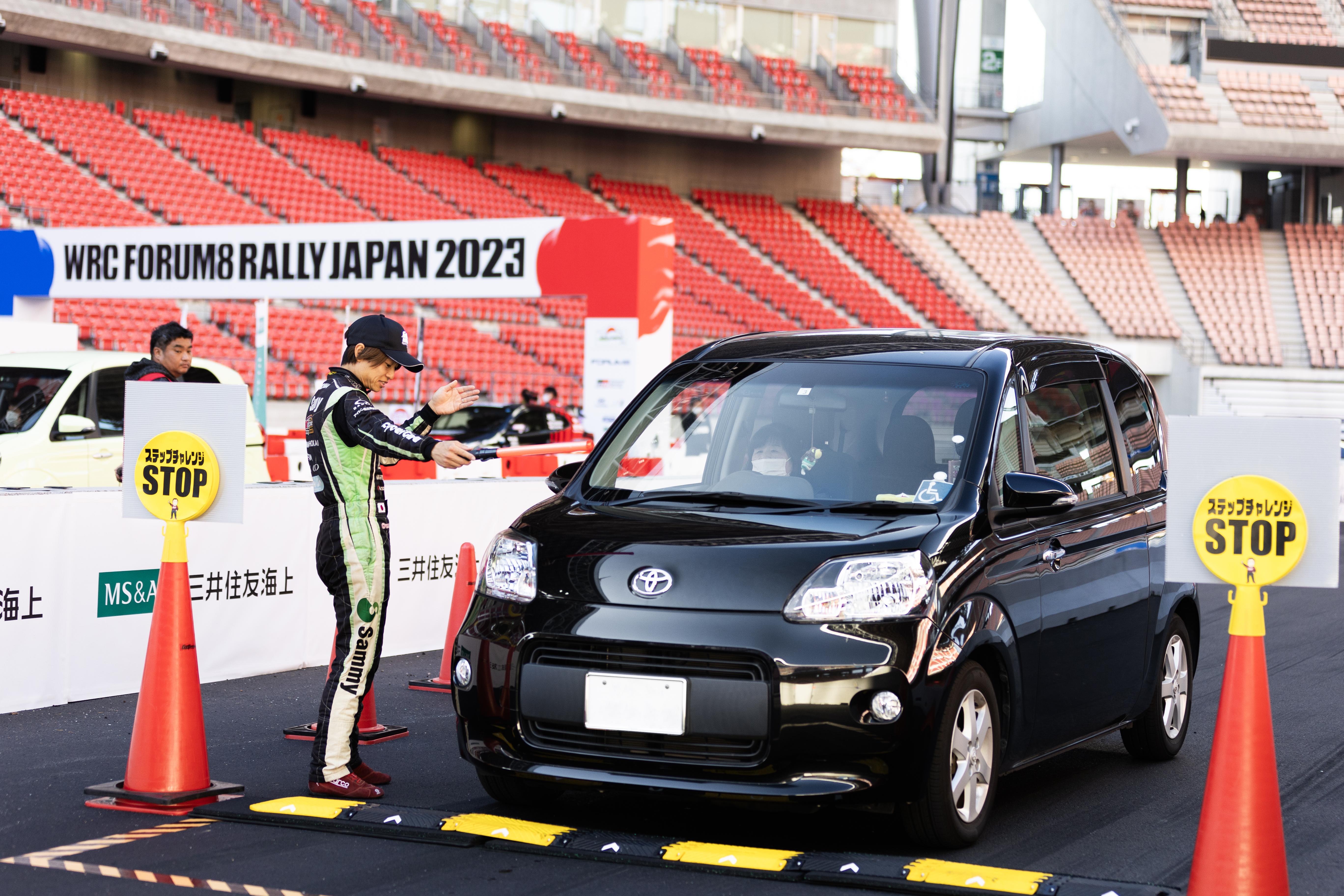
This kind of driving [quickly switching between the accelerator and brake] is not that common. So it’s important for people to experience it and understand their ability or inability to do it.

